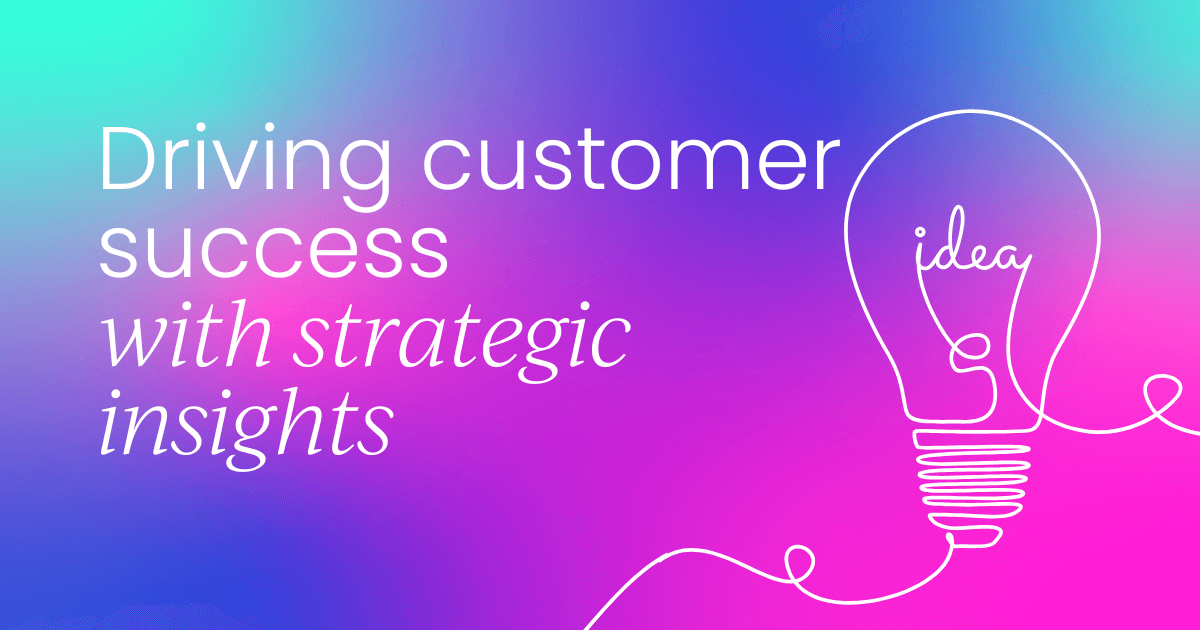As we look to the future of customer success, one truth stands out: data is no longer just a background function; it’s the foundation for everything.
Over the past decade, we’ve seen data move from passive reporting to driving real-time decisions, automating workflows, and informing customer journeys. But we’re now entering a new era.
The rise of AI and advanced analytics has raised the stakes and the expectations. Success is no longer just about collecting data, but about ensuring it’s clean, connected, and meaningful enough to power strategic action.
In this article, I’ll explore why data cleanliness matters more than ever, where common pitfalls lie, and how to build a data strategy that’s fit for the AI-powered future.
Why data cleanliness is critical for AI
As the Director of Strategy and Operations at WordPress VIP, at the heart of everything I do is a simple principle: data cleanliness.
It’s the foundation of everything we hope to achieve with AI. Without clean, reliable data, your AI outputs are compromised from the start. You can’t expect to build anything strategic or scalable if your inputs are flawed.
Now, some might believe that AI can solve all of our data challenges. I take a different view. Your output is only ever as good as your input. And keeping data clean? It’s hard – really hard.
There are countless moving parts to align: matching up datasets, maintaining consistency, and ensuring everything fits together logically.
More importantly (and this is where AI really struggles), we embed implicit biases in our systems without even realizing it. These biases make their way directly into AI models and skew results in subtle but significant ways.
Take, for example, basic segmentation. You might run a cohort analysis and decide, “This is my SMB segment, this is my enterprise segment.” From there, you build strategies based on those breakouts. But what if those segments weren’t well-analyzed? What if they weren’t properly regression-tested? You’re then acting on assumptions, not insights. The data might not be reliable, and the actions might not be appropriate for the customer base.
There are entire frameworks built around these ideas: clean verification, reliability, standardization, and alignment. It all comes down to making sure your systems and your strategies are working hand in glove.
Suffice it to say: if your data isn’t clean, nothing else will work the way it should.



 Follow us on LinkedIn
Follow us on LinkedIn



